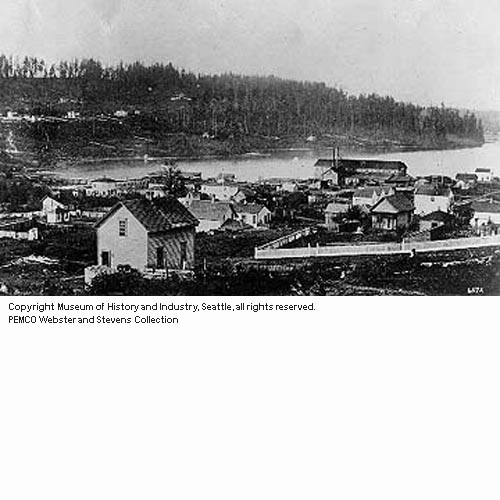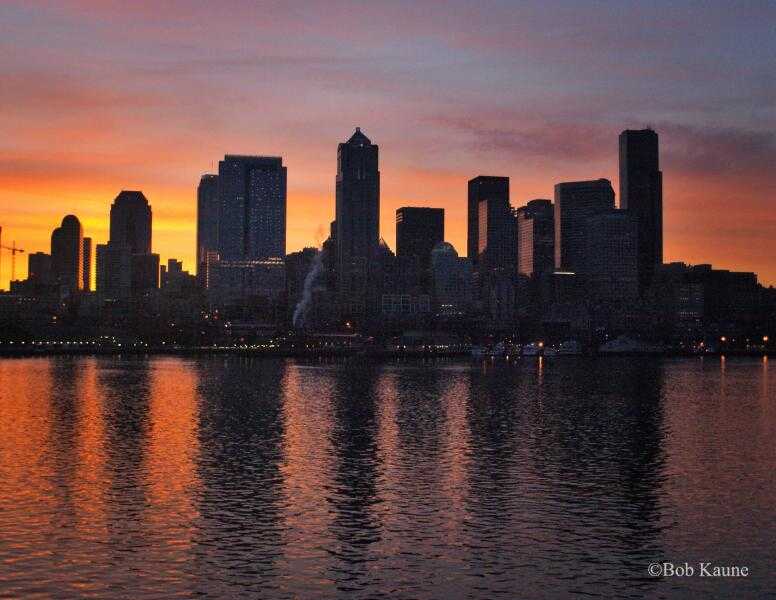Although Seattle is not considered part of the Megalopolis, as we glance through Seattle's development history we can see how much it has advanced and can be considered as a growing megalopolis. It is the biggest urban city in its region unlike the east coast region where they have spanning cities. However Seattle's location does give itself opportunities and advantages for a growing city. Seattle's habor has fishing industry that can generate more than $113 million dollars in local purchases. Other than the bodies of water surrounding Seattle, its economy is driven by a mix of older industrial companies, and Internet and technology companies, service, design and clean technology companies. Seattle is said to be one of the best start-up businesses in green building and clean technologies. According to Natural Resources Defense Council (NRDC) Seattle is ranked as America's #1 "Smarter Cities" due to its government policies and green economy.
Although Seattle may not be considered as part of the Megalopolis, it sure does share a common problem with traffic congestion. Surprisingly, Seattle is ranked 9th in worst traffic congestion in the United States. The GPS maker TomTom ranked Seattle as #1. The difference in rankings is the TomTom study measured traffic on surface streets in Seattle while the INRIX study measured traffic on the highways around Seattle. The city sees this as a problem is determined to alleviate the congestion:
"Identify funds for bicycle and pedestrian facilities, work towards an all electric transit system, including light rail, streetcars, and electric trolley buses, and strive for a fairly allocated source of funds for bus service connecting Seattle neighborhoods and connecting Seattle with job centers in other parts of King County."
Sources
http://smartercities.nrdc.org/about
Seattle Times
http://clerk.ci.seattle.wa.us/~public/phot1.htm













